 The United Nations adopted 17 Sustainable Development Goals (SDGs) in 2015, which replaced the previous Millennium Development Goals (MDGs) that started an effort to tackle poverty in 2000. The SDGs have targets catered to ending poverty, hunger, AIDS and discrimination against women and girls. The ninth target tackles industry, innovation and infrastructure and Lebanon has updates on its SDG 9.
The United Nations adopted 17 Sustainable Development Goals (SDGs) in 2015, which replaced the previous Millennium Development Goals (MDGs) that started an effort to tackle poverty in 2000. The SDGs have targets catered to ending poverty, hunger, AIDS and discrimination against women and girls. The ninth target tackles industry, innovation and infrastructure and Lebanon has updates on its SDG 9.
SDG 9 And Agricultural Infrastructure
The first update on SDG 9 in Lebanon is part of phase four of Lebanon’s Employment Intensive Infrastructure Programme (EIIP), which ran from January 2021 till December 2023, where the International Labor Organization (ILO) joined forces with the Ministry of Agriculture/Green Plan to enhance farm infrastructure through a collaborative effort. Lebanese Reforestation Initiative (LRI) agreed to provide support in identifying, designing and supervising farm infrastructure projects.
As of October 2023, the program resulted in the employment of 800 farmers, specifically displaced Syrian refugees and financially vulnerable Lebanese citizens, and tackled farms all over the country. According to ILO, the only region with 100% accomplishment is the Akkar one, but there are plans to accomplish the remaining areas by December 2025, which will constitute phase five of EIIP. Those areas are Baalbak-El Hermel, Bekaa, El Nabatieh, Mount Lebanon, North and South, according to the U.N.
Post-Explosion Reconstruction
Following the 2020 explosion in the port of Beirut, Lebanon’s capital, the country suffered the death of more than 200 people, the wounding of more than 6,000 and damage or destruction of approximately 70,000 apartments and 40,000 residential spaces, all within a 10 km distance from the scene of the bomb. Karantina, a neighborhood in Beirut, suffered the most in terms of physical destruction and human losses, with more than 700 households where migrant workers, refugees and impoverished Lebanese people lived. Subsequently, as of January 2023, the United Nations Development Programme (UNDP) launched a two-phased response strategy in Karantina as part of its “Leave No One Behind” report
Another update on SDG 9 in Lebanon is that an urgent six-month plan is underway to address the immediate aftermath of the explosion in Beirut, focusing on rehabilitating shelters, providing legal assistance, supporting small businesses and implementing energy-efficient solutions. Concurrently, a 12-month sustained response is formulated to meet ongoing needs, including economic empowerment and neighborhood enhancement. The UNDP’s infrastructure recovery plan for Karantina has set a completion date of March 2025.
SDG 9 And Energy Infrastructure
Since the end of 2019, Lebanon has struggled with the depreciation of its currency, the Lebanese Lira Pound (LLP). While before then, $1 had a value of 1,500 LLP, the exchange rate in 2023 is fixed at 15,000 LLP but continues to be traded at 100,000 LLP to the dollar. This economic downfall came with shortages in utilities like energy and water where people are currently relying on privately-owned generators for electricity, and paying anywhere between $50 and $70 every month for electricity.
Starting in 2020, the United Nations Industrial Development Organization (UNIDO), Ministry of Industry (MOI) and Ministry of Environment, in collaboration with the Association of Lebanese Industrialists (ALI) and the Association of North Metn Industrialists (ANMI) developed SwitchMed III MED TEST III, which sought resource-efficient and cleaner production (RECP) for electricity companies by 2023. MED TEST III has three goals. The project plans to help 10 companies in important industries by giving technical support in RECP, studying how to use whey effectively in the dairy sector and providing international expertise through training and analyzing gaps and creating a plan to make industrial areas more environmentally friendly.
There are still no results for this test since MED TEST III is ongoing till March 2024. However, there is a foreseeable success with this test as the previous MED TEST II, from 2013 to 2018, had successful results in water, CO2, solid waste and energy savings.
Innovations in Education
Another SDG 9 update in Lebanon is IDEAS, an organization that works on pushing innovation in Lebanon, which launched the Summer of Innovation (SOI) initiative, alongside Lebanon’s Presidency of the Council of Ministers, Office of Prime Minister Saad Hariri. It had four main goals for Lebanon’s youth: innovation, technology, entrepreneurship and creativity. This initiative launched startups and groups across Lebanon to promote their four goals. In 2018, its success was evident when the events under SOI expanded to the greater population, beyond just youth, which proved effective as 4,000 people participated in SOI events that year. Also in 2018, SOI spearheaded three more programs promoting innovation: IDEAS, Bawabat al Ibtikar and Startup Scouts. While Lebanon is four years into an economic deficit situation as of 2023 with a 12.8% GDP deficit, Summer of Innovation contributed to Lebanon’s 2018 economic growth of 0.2%.
Making Progress
Lebanon has made strides in its Sustainable Development Goals (SDGs) ranking 95th out of 166 countries in overall SDG performance, with the updates on SDG 9 maintaining achievement. As of 2021, Lebanon’s most successful aspects of SDG 9 are increasing the population using the internet to 86.6%, a population of 77.8 per 100 people on mobile broadband subscriptions and 0.8 per 1,000 population of articles published in academic journals. Overall, Lebanon is steadfast in completing its SDG 9 goals by 2030, with most of the initiatives as mentioned earlier and programs to be completed in 2025, according to the U.N.
– Lucciana Choueiry
Photo: Flickr
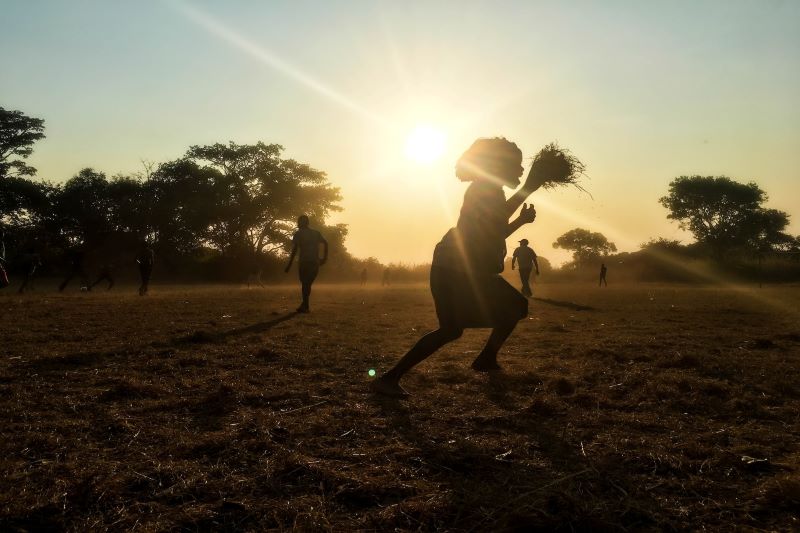
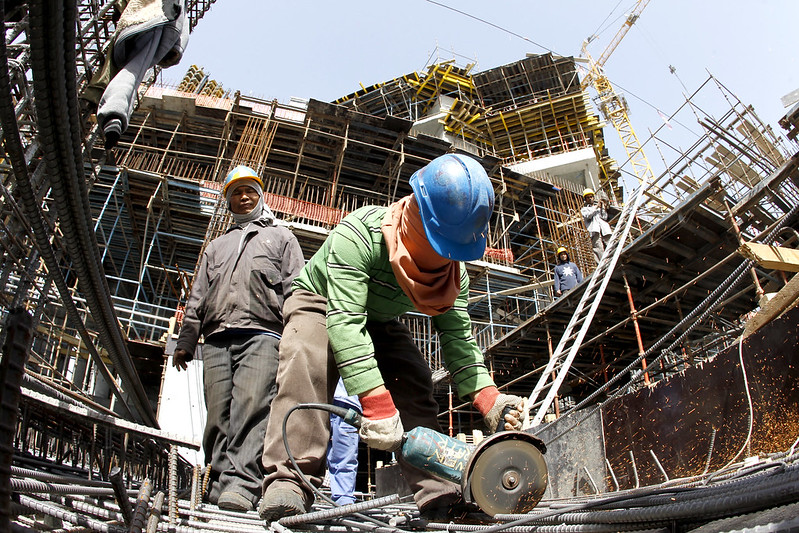 This year, from November 20 to December 18,
This year, from November 20 to December 18, 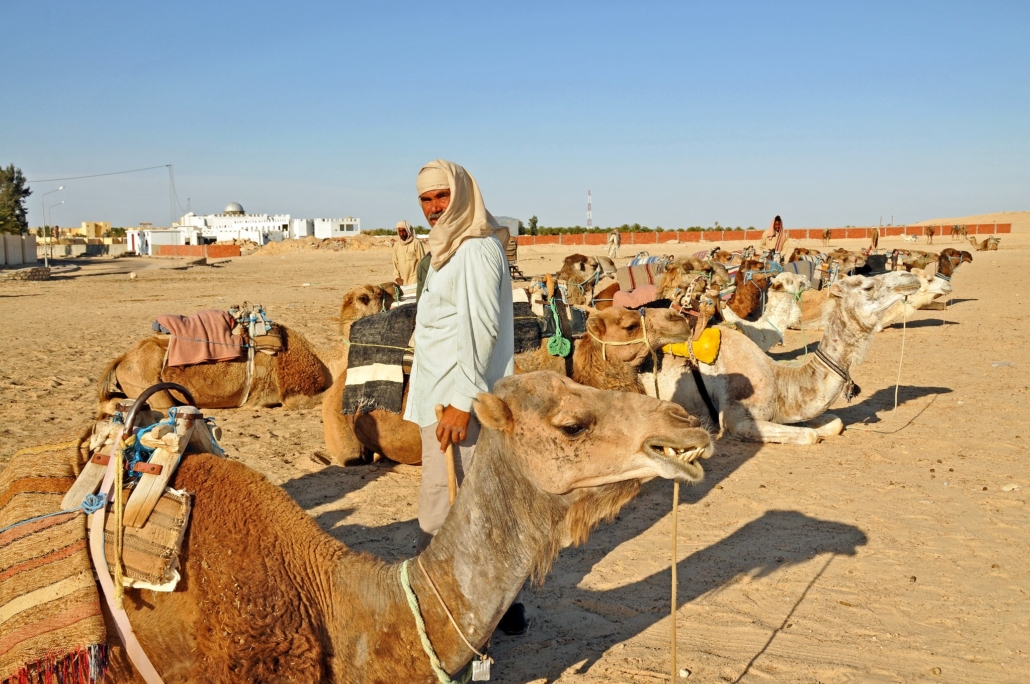
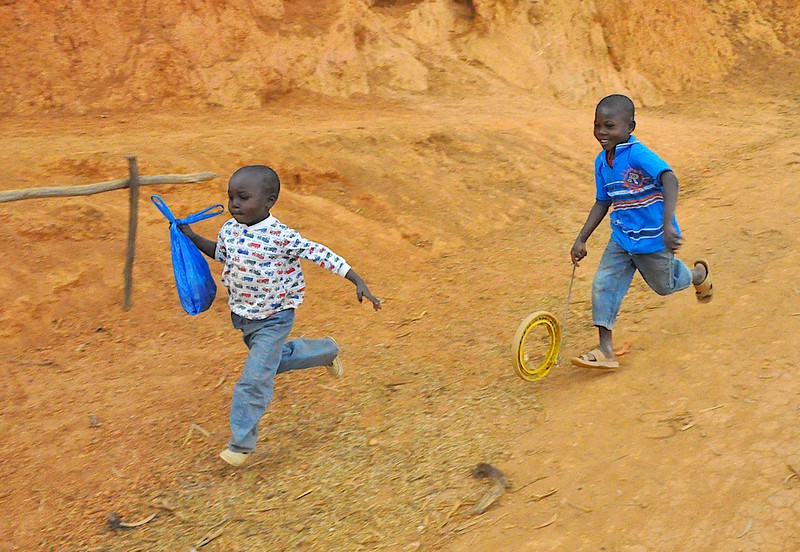 This year’s holiday season brings forth a new set of challenges as everyone is forced to accommodate their usual traditions and plans. For those in extreme poverty around the world, the COVID-19 pandemic has amplified their daily struggles. The Poverty and Shared Prosperity Report estimates that the pandemic could push between
This year’s holiday season brings forth a new set of challenges as everyone is forced to accommodate their usual traditions and plans. For those in extreme poverty around the world, the COVID-19 pandemic has amplified their daily struggles. The Poverty and Shared Prosperity Report estimates that the pandemic could push between 
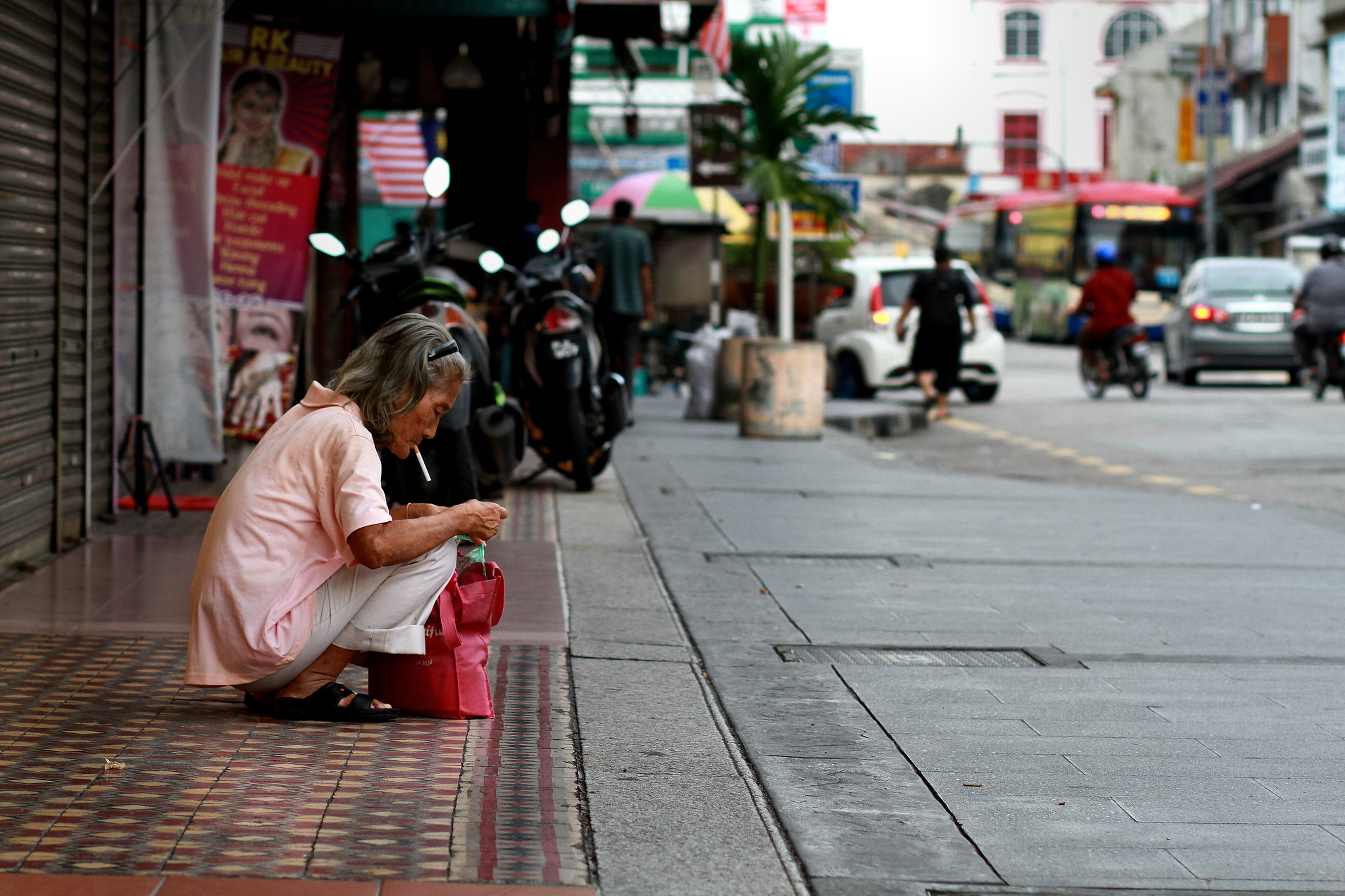
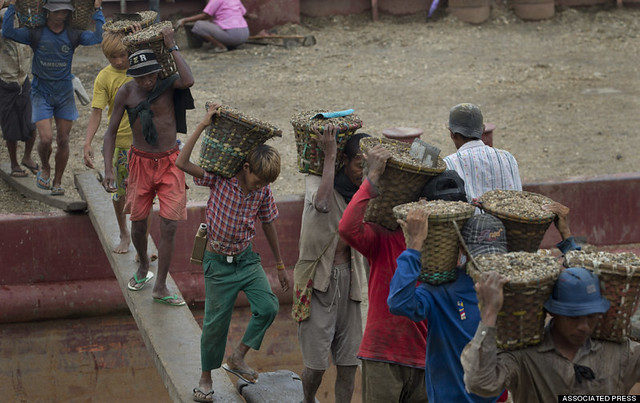
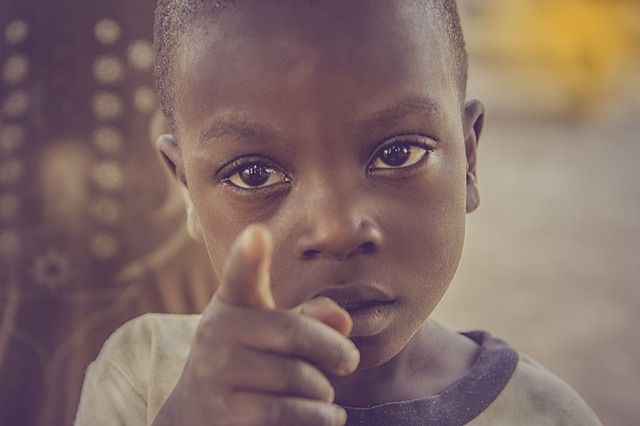 Child labor affects 150 million children worldwide. Child labor can take many forms, but the most common is defined as strenuous and dangerous work that is
Child labor affects 150 million children worldwide. Child labor can take many forms, but the most common is defined as strenuous and dangerous work that is 